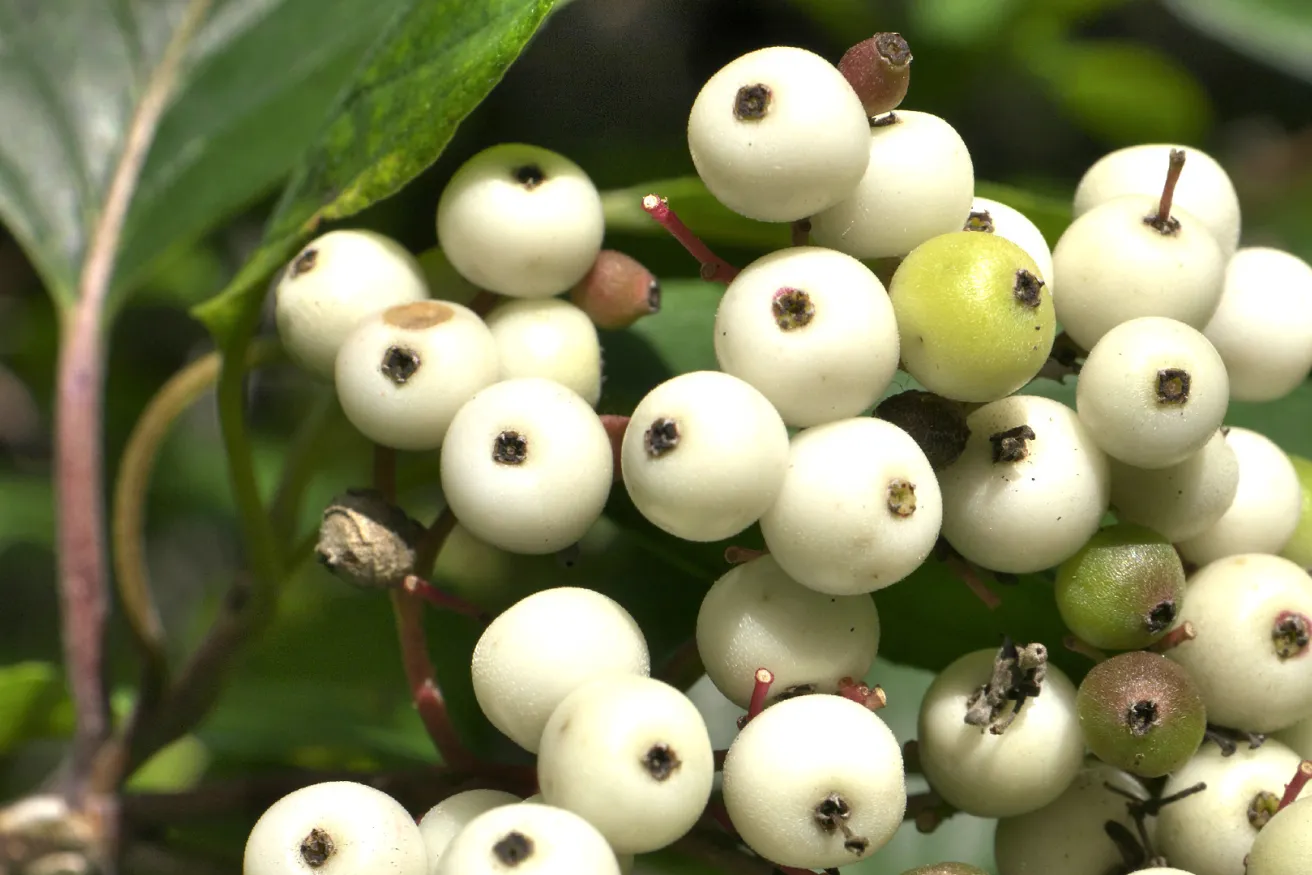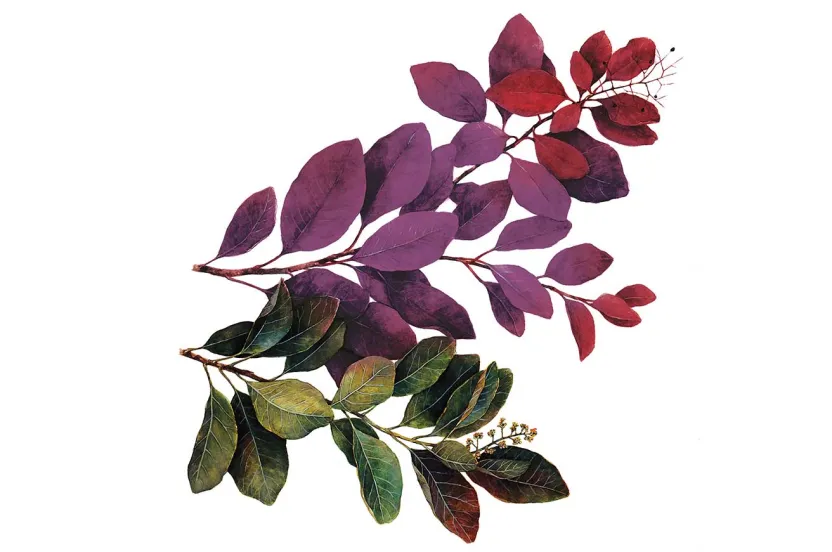Now live: The 2025 Canopy Report. Learn how Americans see trees. GET THE REPORT
Cornus racemose
Similar to other dogwoods, the gray dogwood offers many of the same appealing traits that attract admirers to other dogwoods. Native to the United States, the gray dogwood—also known as the panicled dogwood—has earned its spot amongst the most popular flowering trees for its versatility and distinct appearance. It blooms creamy white flowers set off by bright red fruit-stalks, adding contrast to any landscape.
Although it is a slow growing shrub, its dense thicket is great for using along streambanks or as a hedge and is a popular nesting site for wildlife. In fact, more than 100 bird species and squirrels ear the fruit of the gray dogwood.
Here are a few things to note if you’re considering adding one to your yard.
Environmental Conditions
- Grows well in most soils, prefers moist, well drained, but is drought tolerant (hardiness zones 3-8).
- Is a slow growing shrub that can be pruned into a tree, growing up to a foot a year and reaching 10-15 feet at maturity.
- Does well in full sun and partial shade.
Physical Attributes
- Blooms creamy white, loosely clustered flowers May to June.
- Produces small bluish, white berries that ripen August to September.
- Has a gray, gray-brown bark that roughens as it matures.
Tag us in a photo with a gray dogwood!




